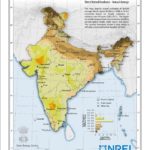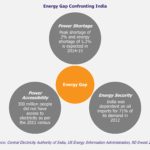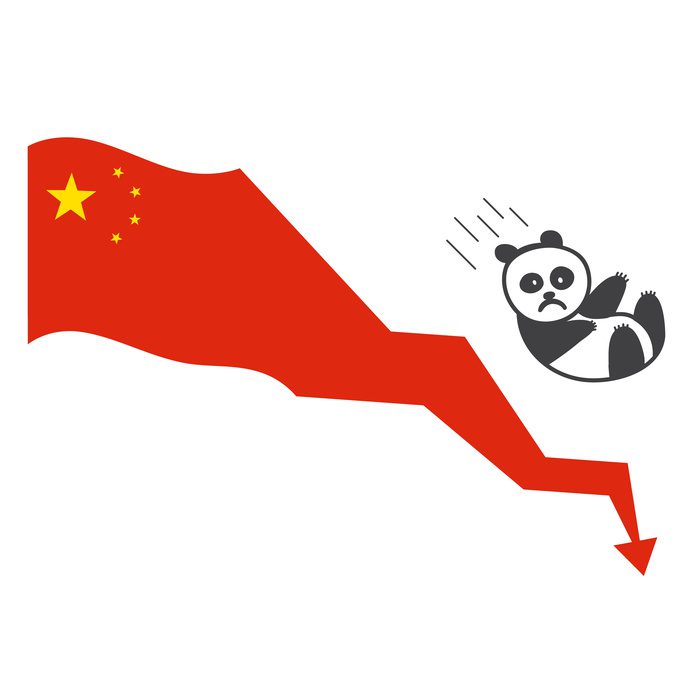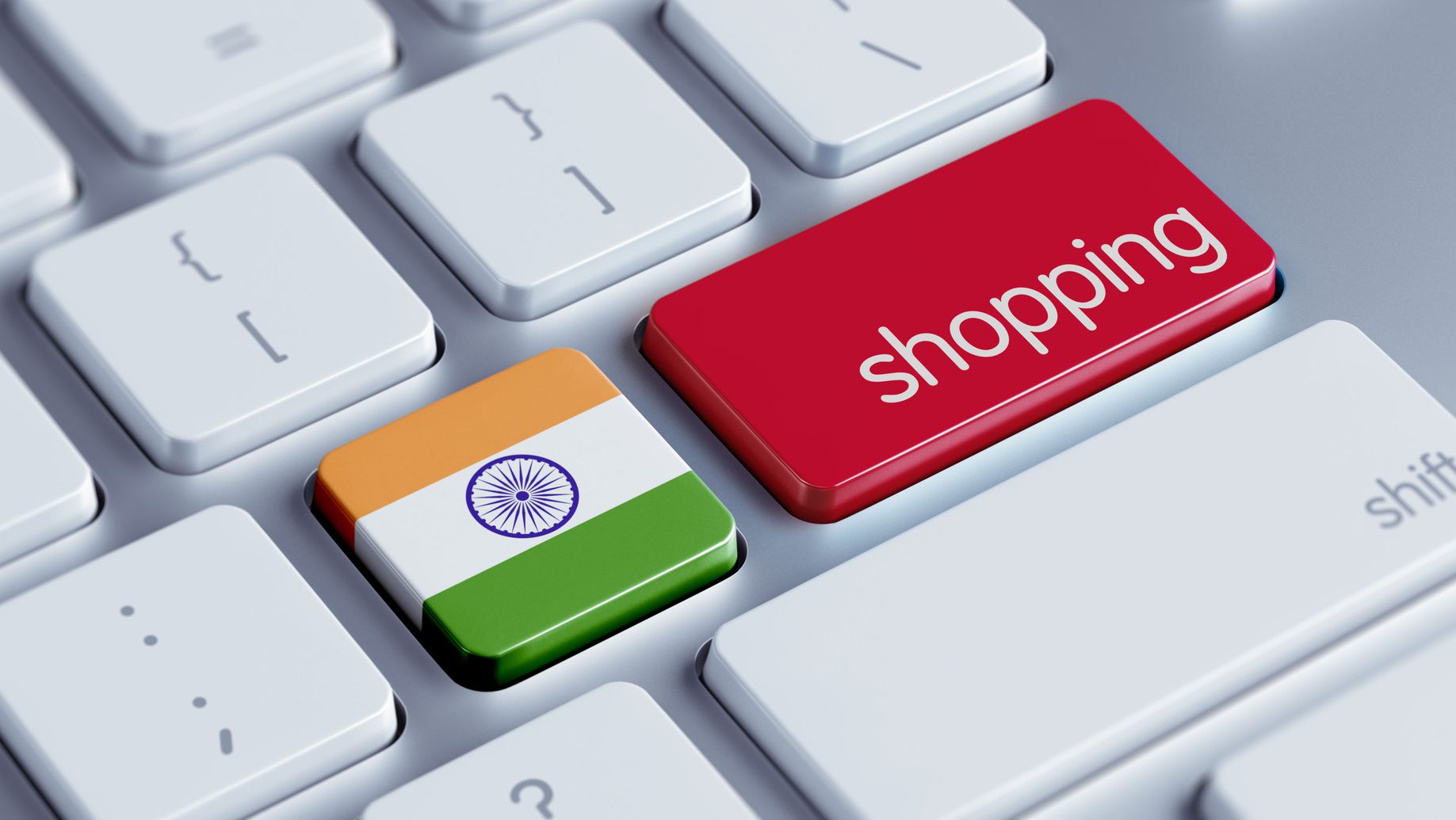The article was first published in Automotive World’s Q3 2015 Megatrends Magazine
———-
Across emerging and frontier markets, most car buyers have generally focused on pricing, maintenance cost, and fuel economy, thereby ignoring the very important aspect of safety. The governments in these countries have also not given due importance to this aspect, as basic safety features such as air bags and ABS are not compulsory as per regulations. Taking advantage of this nonchalance of both customers and governments, OEMs have for long compromised on safety features, which are a critical part of all cars sold in developed markets.
In recent years, however, with customers becoming more aware and global safety organizations cajoling for higher safety standards, some emerging countries have introduced increased safety measures, which in turn will require significant changes in the cars sold by leading OEMs. While this is expected to affect the bottom-line of OEMs in these price-sensitive markets, not abiding to the changing environment is likely to prove equally costly, if not in the immediate term, but surely over the medium-to-long term.

Among the key emerging and frontier markets, vehicle safety standards in South Korea match the levels in Europe, while China has also shown immense progress in adopting the standard safety requirements in automobiles. But other developing countries, such as Mexico, India, and Brazil, lie far behind. As per current car safety standards, Mr. David Ward, Secretary General, GNCAP (Global New Car Assessment Programme) rates China-7, Brazil-5, and India-3 on a scale of 10. “This rating is based on three key factors – the state of legislation, level of penetration of different technologies in the market place, and consumer awareness levels.” However, with India and Brazil initiating the implementation of several safety-standards in recent months, they are likely to match global standards at least for crash testing. Crash prevention, on the other hands, continues to be a long term goal.
It was a big blow to India, when GNCAP conducted tests on some of its most popular entry-level variants (Maruti Suzuki Alto 800, Hyundai i10, Ford Figo, Volkswagen Polo, Tata Nano, Maruti Swift, and Datsun Go) and awarded zero-star adult-protection rating to all of them. This, in addition to having the highest number of road fatalities globally, instigated the government to commit to introducing regulations for mandatory safety standards. As per new regulations, by October 2017, all new cars will be required to pass frontal and side crash tests, whereas the deadline for new versions of existing models would be extended to October 2019. To pass this test, cars will need to have reasonable body shell strength and be equipped with airbags and other standard safety features. For conducting the test, the government plans to develop two crash test facilities, which are expected to come online in 2015/2016. In addition, the authorities plan to launch its own NCAP. India is also creating a vehicle recall policy, which will encompass testing for manufacturing defects. However, this legislation is yet to be passed.
As safety standards gain priority in India, it is a cause of concern for car manufacturers in the country, which have for long focused on only pricing and fuel efficiency in the market. From the manufacturing infrastructure and technology front, OEMs may not require many changes to adapt to these proposed changes in safety standards. This is primarily because most car models do offer basic safety features (such as airbags and ABS) in their higher variants and they also use India as major export hub for their cars destined for Europe and the US. However, this will definitely erode a fraction of the bottom-line for car manufacturers as India is an extremely price sensitive market. Moreover, a large portion of the audience in the country is not very mature and still does not put a high value to the safety factor, thereby restricting the price tag carmakers can attach for these features.
“The first reaction of the OEMs is that they are not very happy, since it will make their cars more expensive. But in the longer term, they will adapt to it as they have done in other countries. People will become aware and ask for safety. OEMs focus will be to meet the safety standards at affordable prices. For example, child support restraints are not made in India and are imported. OEMs can ask the government for concessions on these imports.” says Rohit Baluja, Director, Institute of Road Traffic Education, India.
Several leading OEMs have criticized the government’s call to boost safety standards in India. An engineer working with a leading car manufacturer in India stated, “At this moment, there are no talks about any changes being introduced to the body. These matters are handled at a very strategic level. Nothing has been discussed on this aspect as of now. In India, safety can’t really become a USP right now. Price is and will continue to remain the main selling point. If we talk about metro cities, the demand for frontal airbags has increased. So yes safety has become more important. But this is the case in metro cities only.”
It also seems that the government has succumbed to pressure from the OEMs and has softened down several of the safety standards. As per the regulations, India will be following China’s footsteps and introducing crash testing at a speed of 56km/hour instead of 64km/hour, which is followed globally (while China started testing at 56km/hour in 2006, it also increased its speed from 56km/hour to 64km/hour in 2011). Moreover, the authorities plan to conduct only ‘head impact’ tests for Indian pedestrians against the ‘head and leg impact’ norms adopted by Euro NCAP. It has further slashed the requirement for the use of child dummies for some side impact tests, which is a global standard. Decisions regarding mandatory safety belt alarm, child alert alarm, pre-tensioners, and airbags are also pending.
While several leading OEMs, have not been very supportive of the Indian government’s decision of mandatory crash tests, the ones which have preemptively incorporated these features in their cars have been the winners. Toyota, which made airbags mandatory in all its models in October 2014 in India, has seen sales surge by 34% between October 2014 and April 2015. Volkswagen, which also made airbags a standard feature in all its Polo hatchbacks, has seen the sales of its entry-level variant rise, since the decision was made in February 2014. Post its poor performance in the crash test held by GNAP, Nissan Motors has also worked on strengthening the body shell of its Datsun Go by using higher-grade steel (having a tensile level of 520 mega pascal compared with the earlier 320 mega pascal) and adding side beams on both sides to enhance the strength and rigidity of the vehicles.
Thus the way forward definitely begins with OEMs embracing the introduced changes. It is not incorrect to say that the consumers continue to be price sensitive, but that is because they are not well informed about safety. Thus, to see an actual shift towards safety, both the government and car manufacturers have to work together in changing the mindset of the consumer and promoting vehicle safety as an equally important factor in purchase decisions.
“It’s a shared responsibility of government and manufacturers to inform the consumers and move the market forward. Our project of testing cars has also helped build awareness and get media attention. We will do more testing end this year and get results beginning next year. The combination of government action on regulation, the response of individual manufacturers and the work done by NCAP will improve the whole situation in India.” says Mr. Ward of GNCAP
Brazil has a similar story, where the cheapest models of few most selling cars, such as Volkswagen Gol Trend, Fiat Palio, Chevrolet Celta, Ford KA, Peugeot 207, and Fiat Novo Uno, received only 1 star when crash tested by Latin-NCAP. Moreover, Chinese car, Geely was awarded zero stars in a similar test. This was underpinned by the absence of basic safety features such as airbags, lack of body reinforcements, lower-quality steel, weaker weld spots to support the vehicles, and outdated designs of car platforms. As a result of this, the Brazilian government mandated air bags and anti brake locking systems on all cars in 2014. Like India, this regulation faced much criticism from automakers and was at the verge of being postponed as it leads to an increase in the prices of basic models and also results in a layover of several employees in the case of few models being discontinued. However, the government pushed ahead with the regulations as decided, but offered lower import tariffs for key safety equipment to subdue the expected price rise.
In addition, the government is considering making electronic stability control a standard in all cars; however, it is still in the future. Moreover, the government plans to launch a US$50 million independent crash test center by 2017. While the center is expected to run as a government body, OEMs may provide part of the funding for its operation and even use the center; this raises concerns regarding the autonomous working of the lab. Moreover, since the regulations lack a ‘conformity of production’ clause (which requires automobile safety performance to be spot checked for the entire time the model is produced), the car models are only required to meet the crash test requirements once. Companies can also send a car of their choosing. These factors further may compromise on the credibility of the testing.
|
The Case of China Unlike India and Brazil, the upgradations in China’s vehicle safety standards are stemmed from the country’s CNAP (China’s New Car Assessment Programme) initiatives. While the Chinese government has only mandated the use of seat belts and frontal airbags, the number of airbags in vehicles in China is reaching the same level as in Europe and the US. This is primarily due to the aggressive promotion of CNCAP’s safety assessment by the Chinese government, which has encouraged the country’s population to value car safety as an important aspect. “We undertake a lot of promotional initiatives such as advertisement and highway hoardings to promote safety features among consumers. This has really helped in making consumers aware regarding the importance of safety.” says Mr. Guo from CNAP. Furthermore, CNCAP has upgraded its test protocols to match its European counterpart and is expected to be at par with their standards by 2018. CNCAP has also started focusing on accident research and plans to include a test for pedestrian protection in future vehicles. It has also been considering including test scenarios for automatic emergency braking systems that will further help mitigate pedestrian collisions. Even in case of China, the pricing of the vehicles increased with the addition of safety features but the entire price is not passed down to the consumers, especially in the base-level cars. However, one of the key reasons why China has upped its vehicle safety standards is to build a good reputation for exports. As Chinese cars gain traction due to competitive pricing and design, they suffer a poor reputation when it comes to quality. Thus, they have consciously increased focus on safety norms to meet global standards. While they are on the right lines, they still have a long way to go in achieving global standards with regards to safety. |
Safety-Standard Levels across the Major Emerging Automotive Markets

Thus, as safety-standards improve across emerging markets, the onus now lies on OEMs to adapt to these changes. While this will definitely impact the bottom line of the companies, it also presents an opportunity for the carmakers to gain a strong market foothold by offering these safety-features at a minimal pricing. Moreover, although these changes are happening primarily in India and Brazil right now, companies must be prepared for similar regulations to come in Mexico and other Latin American countries in the coming years.
Apart from crash testing standards, there are a lot of talks going on regarding crash prevention technology, the most important being electronic stability control (ESC). While, this has already become a standard in several countries, such as Australia, Canada, EU, Israel, Japan, South Korea, the Russian Federation, Turkey, and the USA, the Global NCAP is working towards making ESC a mandate in all cars manufactured by 2020. “Our overall priority is to ensure that all passenger cars, irrespective of where they are produced, must have the appropriate minimum crash test standards and the most important crash prevention technology (i.e. ESC) by 2020. To achieve this, the most important countries to act are China, India, and Brazil.” states Mr. Ward. With crash test standards becoming a ‘standard’ also among key emerging markets, the introduction of ESC also does not seem far from reality. In fact, Brazil and China have already begun considering making it mandatory. The OEMs that anticipate this and work towards it will have an advantage.
While it has taken several key emerging and frontier automotive markets time to realise the importance of vehicle safety, both for drivers and passengers, and for other people on roads, it is a welcome change with governments introducing several policy measures in recent months to bring about this change. The implementation of regulations and the variation in standards that exists across these markets is a cause of concern, and aspects that OEMs might use to their advantage by bypassing certain global standards. It is important that consumers also make it a point to make safety a priority when purchasing a vehicle, which would force OEMs to ensure that global standards are also followed in emerging and frontier markets. Brazil, China, India must lead the way, and demonstrate that it is possible to make safety a standard, so that OEMs follow this as a standard operating procedure across other emerging and frontier markets.


















